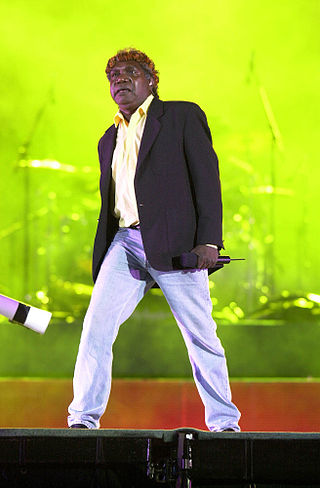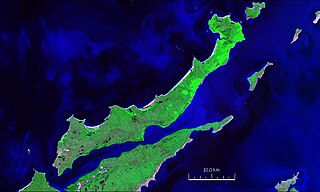Characteristics
Homeland Learning Centres (HLCs) are not schools – they are not classified as schools by the Northern Territory government or by the Australian Federal Government, and differ from schools in three respects:
- Physical facilities
- Staffing and administration
- Curriculum
Physical Facilities
HLCs were built at low cost, without electricity or flush toilets. Most were single classrooms, and some were built as shelters with roofs and walls but without windows or doors. By the mid-2000s, many had been upgraded to electricity supplied by generators, but most still did not have ablution facilities such as handbasins, hot water, or flush toilets. Accommodation was not provided for teachers. [12]
Staffing and administration

HLC establishment and operation is based on the number of school-age students in a remote community, although there is often significant variation in actual implementation.
School age was considered to be from four to seventeen years. Twelve school age children entitles a community to an HLC; if the number drops below nine the HLC is closed. [13] HLCs are entitled to one non-qualified "Assistant Teacher" for each 17 students, and a visiting (non-resident) qualified teacher for every 22 students.
HLCs do not have their own principal. They are the responsibility of a school principal who is in charge of a "hub" school in a larger community. Yirrkala Homelands School, however, has no hub school – its principal is responsible only for several HLCs in East Arnhem.
Qualified teachers visit HLCs from one to four days each week. [14] Visiting qualified teachers are not present at HLCs for the full school day, due to time spent travelling to and from the HLC. In 2009 the NT Department of Education stated they plan to 'increase teaching by qualified teachers up to 5 or 6 hours per day in a virtual or face to face context'. [15]
HLCs are staffed by Indigenous Assistant Teachers. Assistant Teachers do not have teaching qualifications recognised by the Northern Territory Teacher Registration Board, or by other Teacher Registration Boards in Australia. Some Assistant Teachers have little or no English literacy or numeracy.
Curriculum
Until 2003, Indigenous students of secondary school age at HLCs did not receive a secondary education – "HLCs offer a primary education only – i.e. no preschool or secondary". [13] From 2003 secondary age students at some HLCs followed the "post-primary" curriculum used in remote Indigenous schools. In the post-primary curriculum mainstream, secondary subjects including humanities (such as history) and science (such as biology and physics) were either not included or were only superficially studied. Mathematics and English were rudimentary. The Program Book used in 2005 in some HLCs included: [16]
"Secondary English:
- Where Do We Want Secondary Students to Get To?
- Speaking
- Construct own simple sentences
- Use some contractions, e.g. I'm, you're
- Give some basic personal information on request using learnt formulae e.g. My name is...
- Reading
- Sequence a story by arranging pictures in order.
- Shows awareness of some common acronyms e.g. TV, VCR, DVD, etc...
- Writing
- Use simple connectives e.g. but, then, and"
- Speaking
"Secondary Mathematics:
- Where Do We Want Secondary Students To Get To?
- Recall or work out mentally, multiplication facts including 2x, 5x and 10x.
- Use digital and analogue clocks and calendars
- recognise, describe, draw and make a range of 2D shapes and 3D objects."
Students at Homeland Learning Centres (HLCs) have the lowest English literacy and numeracy in Australia. NAPLAN(introduced in 2008) is Australia's national primary and secondary literacy and numeracy testing program. The NAPLAN results for 2008–2009 confirmed earlier state- and territory-based testing that show Northern Territory remote Indigenous students fail to meet Australian literacy and numeracy standards. [17] NAPLAN data showed that literacy and numeracy failure rates in very remote Northern Territory schools and HLCs approach 100%. Independent literacy testing in October 2007 showed that of 29 students aged 5 to 17 in one Homeland, none were beyond Year 1 (age 6) level. [18]









